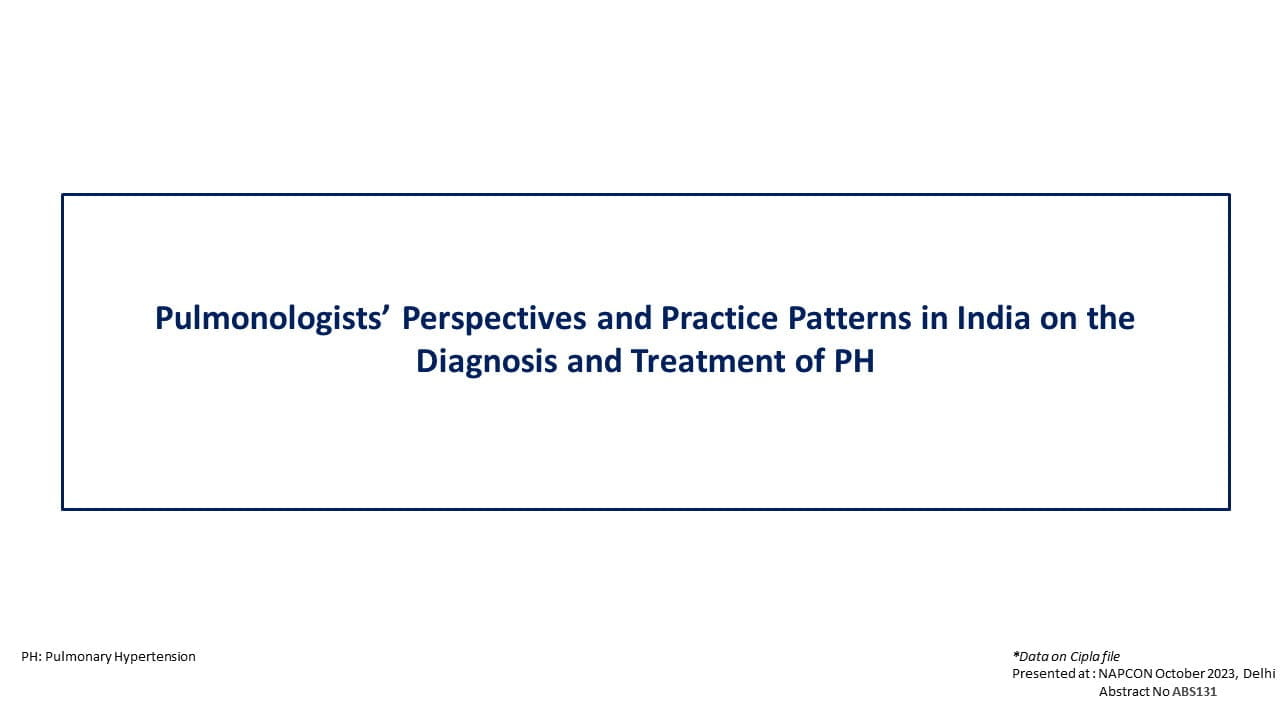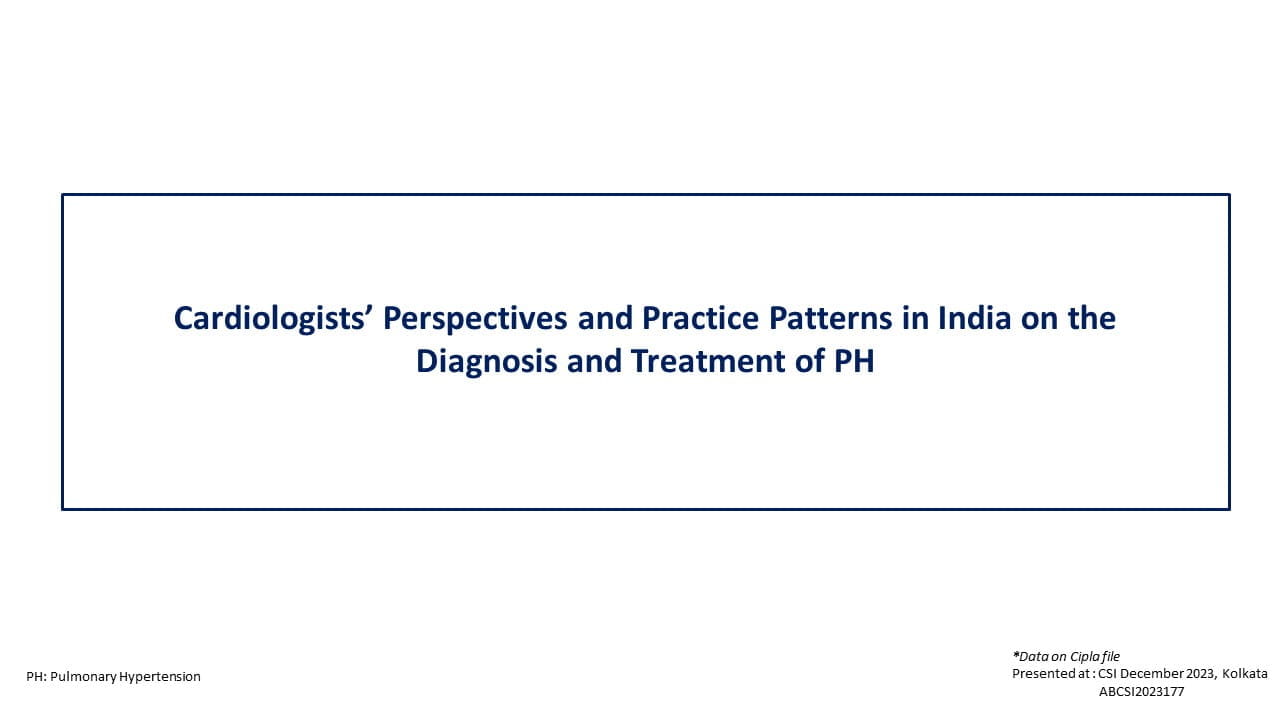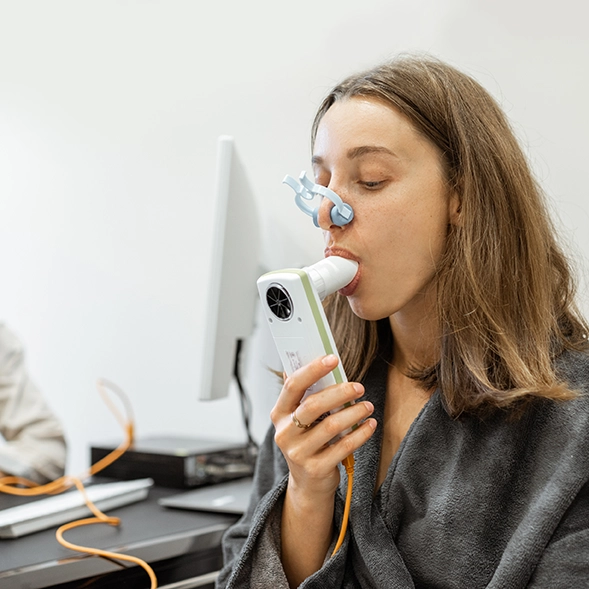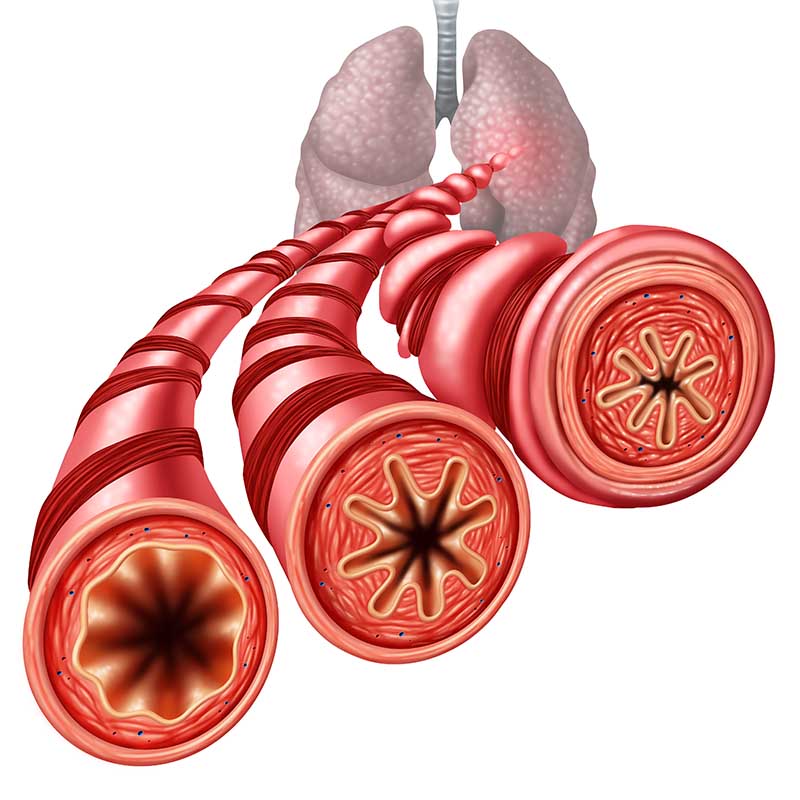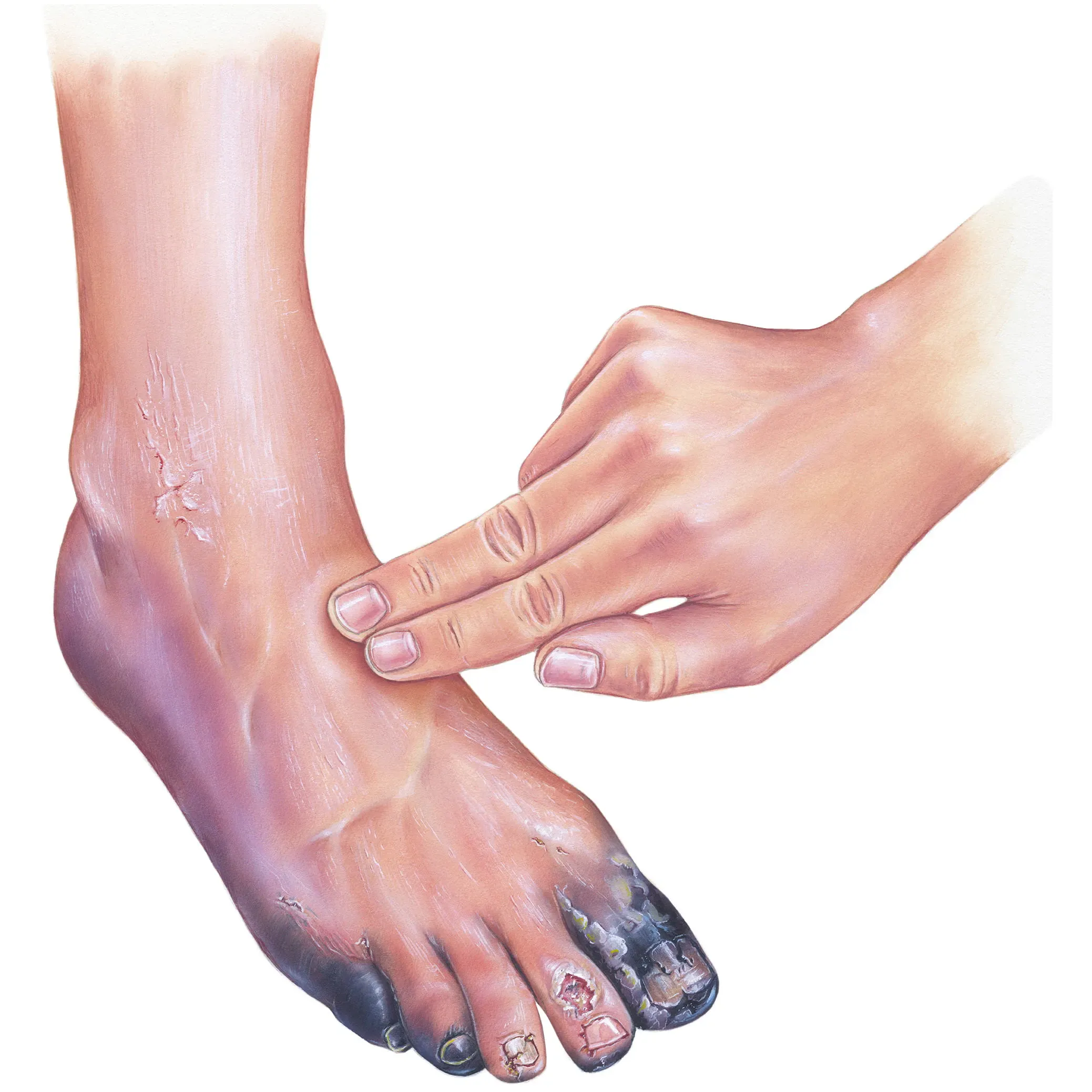Introduction
Meibomian gland dysfunction (MGD) is the primary cause of evaporative dry eye disease (DED). Tear film instability associated with MGD leads to tear hyperosmolarity and inflammation of ocular surface cells, perpetuating the vicious cycle of DED. Although ophthalmic formulations with immunomodulatory or anti-inflammatory properties have been approved for the treatment of the signs and symptoms of DED, they have not been evaluated systematically in patients with MGD.
Aim
The GOBI trial evaluated the efficacy and safety of perfluorohexyloctane ophthalmic drops in patients with DED associated with MGD.
Patient Profile
- Adults patients (age ≥18 years) with a history of DED for ≥ 6 months
- The key patient criteria included: tear film breakup time (TBUT) of ≥5 seconds, Schirmer I test (without anesthesia) score ≥ 5 mm, MGD score ≥ 3 (0-15 scale), and total corneal fluorescein staining (tCFS) score ≥ 4 and ≤11 [0-15 National Eye Institute (NEI) scale].
Methods
Study Design
- An eight-week, phase 3, multicenter (conducted across 26 centers in the United States), randomized, double-blind, saline-controlled study.
Treatment Strategy
- A total of 597 patients were randomized 1:1 to perfluorohexyloctane ophthalmic drops (n=303) or hypotonic saline (0.6% sodium chloride, preserved with 0.01% benzalkonium chloride; n=294) 4 times daily.
Assessments
- Signs and symptoms of dry eye were assessed at screening, baseline (day 1), and 3 follow-up visits: week 2 (day 15), week 4 (day 29), and week 8 (day 57).
Outcomes
- Corneal fluorescein staining and patient-reported symptom severity (e.g., eye dryness, burning or stinging). Fluorescein staining of 5 areas of the cornea (inferior, superior, central, nasal, and temporal)
- VAS dryness score
Results
- At week 8, patients treated with perfluorohexyloctane experienced significantly greater improvement in the tCFS from baseline (P <0.001), compared to those treated with saline [least square (LS) mean treatment difference, -0.97; 95% confidence interval (CI): -1.40, -0.55) (Fig. 1).
- Patients treated with perfluorohexyloctane also had significantly greater improvement in the VAS dryness score (-7.6; 95% CI: -11.8, -3.4) (Fig 2).
- The improvement in the key secondary outcomes from baseline also was significantly greater in those treated with perfluorohexyloctane for VAS dryness score at week 2, for tCFS at week 2, for VAS burning or stinging score at week 8, and for cCFS at week 8 (Table 1).
Table 1: Change in key secondary outcomes during the study period
Parameter
Perfluorohexyloctane Group
Saline Group
Difference
P value
tCFS at week 2
-1.7
-1.1
0.6
0.001
Central CFS
-0.4
-0.1
0.3
<0.001
Eye dryness score (VAS) at week 2
-18.0
-13.4
4.6
<0.01
Eye Burning Score (VAS)
-23.6
-18.0
5.6
<0.01
- The incidence of ocular adverse events (AEs) was 9.6% and 7.5% in the perfluorohexyloctane group and the saline group, respectively. All the ocular AEs were mild in severity; no serious ocular AEs occurred during the study period.
Conclusions
- Amongst patients with DED associated with MGD, treatment with perfluorohexyloctane was associated with a significant and clinically meaningful improvement in signs and symptoms of DED, compared to hypotonic saline.
- The medication was well-tolerated.
Ophthalmology 2023;130:516-524.


